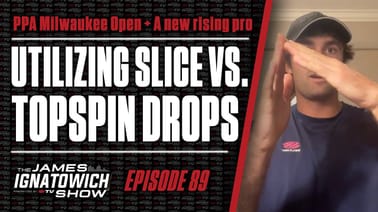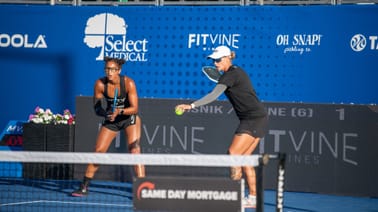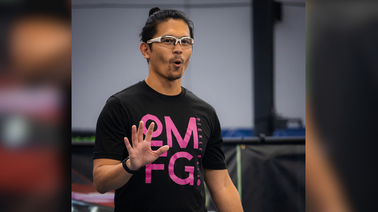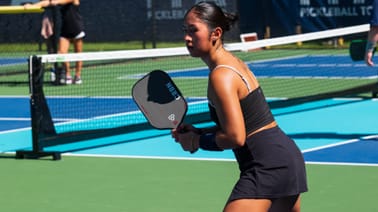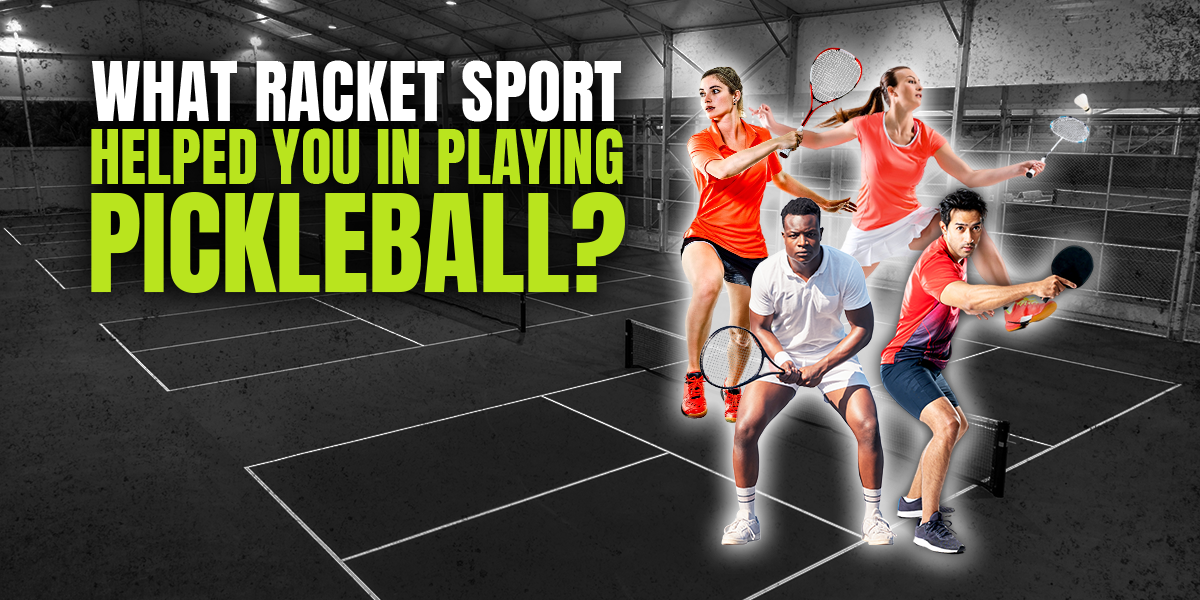
Skills From Racket Sports That Translate Seamlessly to Pickleball
While it's impossible to know how many of the reported 48 million people who play pickleball come from a racket sports background, we can take a poll of our audience to at least gain a glimpse into those percentages.
Which is precisely what we did.
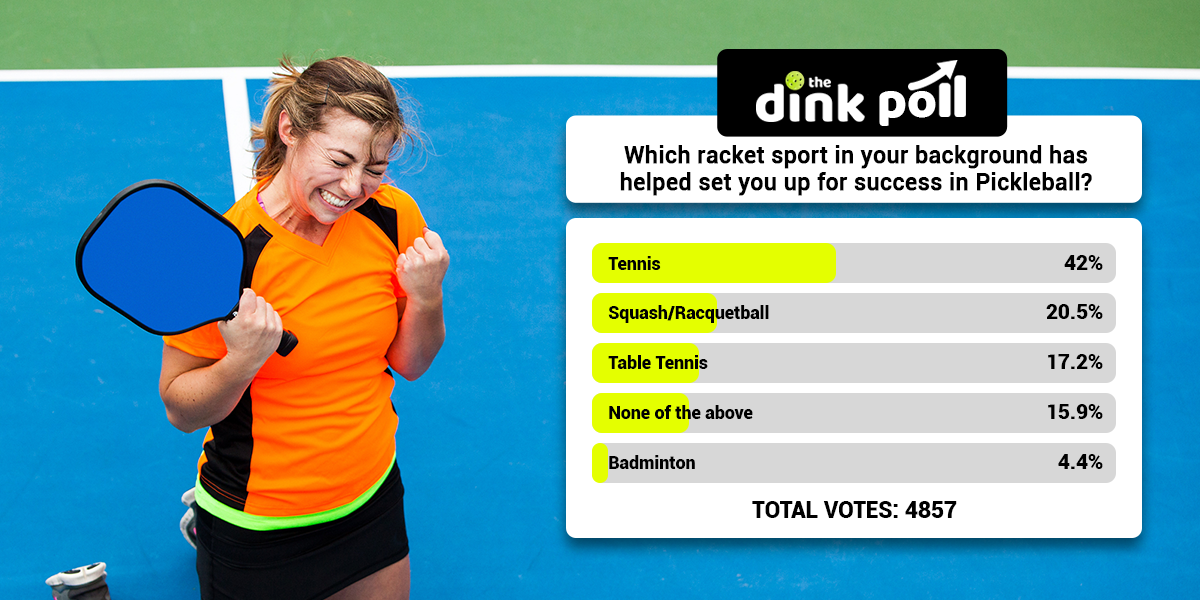
In the poll we published in last week's The Dink Newsletter (subscribe here for free), we asked which racket sports background our audience had:
- 42 percent said Tennis
- 20.5 percent said Squash/Racquetball
- 17.2 percent said Table Tennis
- 4.4 percent said Badminton
- 15.9 percent said None of the Above
So, of the 4,857 people who voted, only about 772 people said they had no racket sports background.
With these numbers in mind, we thought it might be a good idea to highlight some of the racket sports skills that translate best into pickleball.
From Tennis
It's been said by many – and proven by some of the best players in the world – that tennis is tops when it comes to transferable skills to pickleball.
If you have a great groundstroke and understand the mechanics of putting topspin on the ball, you're well on your way to pickleball dominance.
Of course, this doesn't mean you're automatically joining the pro tour if you played some tennis in school.
However, one perhaps often overlooked skill that tennis players possess that many non-tennis players don't is the understanding of the kinetic chain.
The kinetic chain is a series of body movements that act as chain links to transfer energy from one part of the body to another. This is most commonly used in reference to the overhand serve seen in tennis.
However, just because you can't serve overhand in pickleball doesn't mean this information is useless.
Understanding how each part of your body influences the next part can help you:
- Serve better
- Return serves better
- Drive the ball
- Drop the ball
- Hit ATPs (around-the-post shots)
- Slam overhead shots - or putaways
- Reduce popups
That last part is especially important since popups aren't nearly as common in tennis, where almost every shot is a drive. Understanding your footwork, balance, and wrist activity during dinks and soft shots can help you reduce popups and give up fewer easy putaways to your opponent.
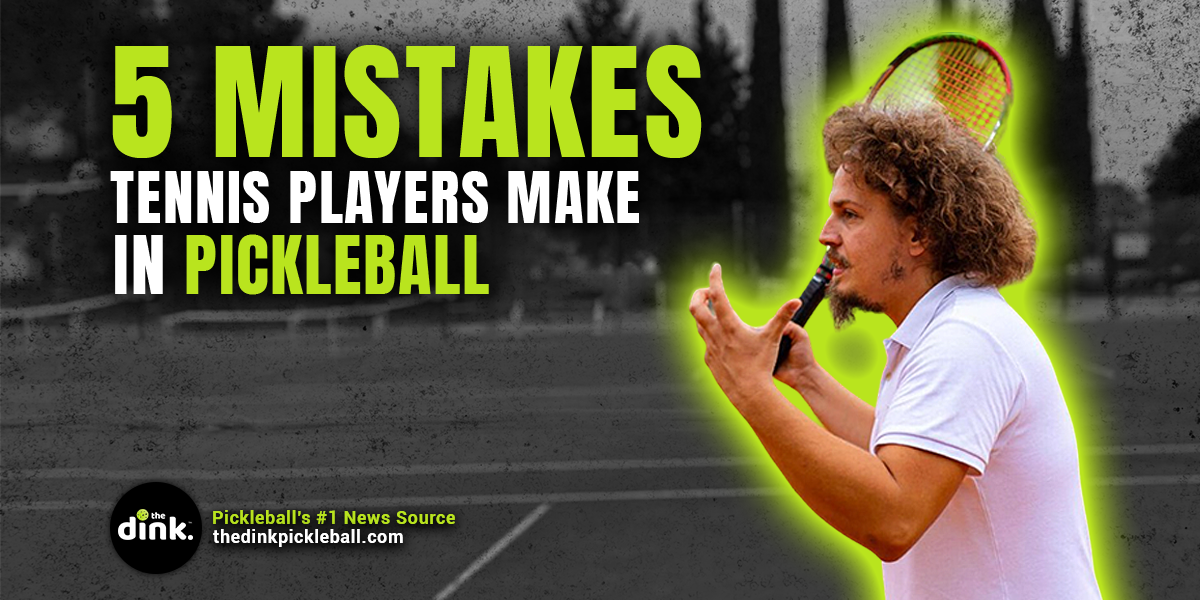
From Squash/Racquetball
Perhaps the greatest skills from squash or racquetball to use in your pickleball game are footwork and court awareness.
In a game that's so fast-paced, you have to be smart with your steps, and you must know when to shuffle, take small steps, and move laterally, forward, or backward at any moment.
In pickleball, the ball doesn't move quite as fast, but efficient footwork can help you in many situations.
For example, if you or your partner hit a popup, you can take a step back quickly, giving yourself a split second more time to react.
If your opponent hits a drop shot while you're at the baseline, it's very likely that your athletic skills and quick recognition can get you up to it before it bounces a second time.
Understanding where you should be on the court is also huge in pickleball. It's amazing how few people understand that if their partner is pulled out wide, then they should shade over with them to cover the gap and angles your opponent now has to work with.
If you have a background in squash or racquetball, you should find yourself in a great position throughout your pickleball matches. Being in the right position is truly half the battle when trying to win a rally.
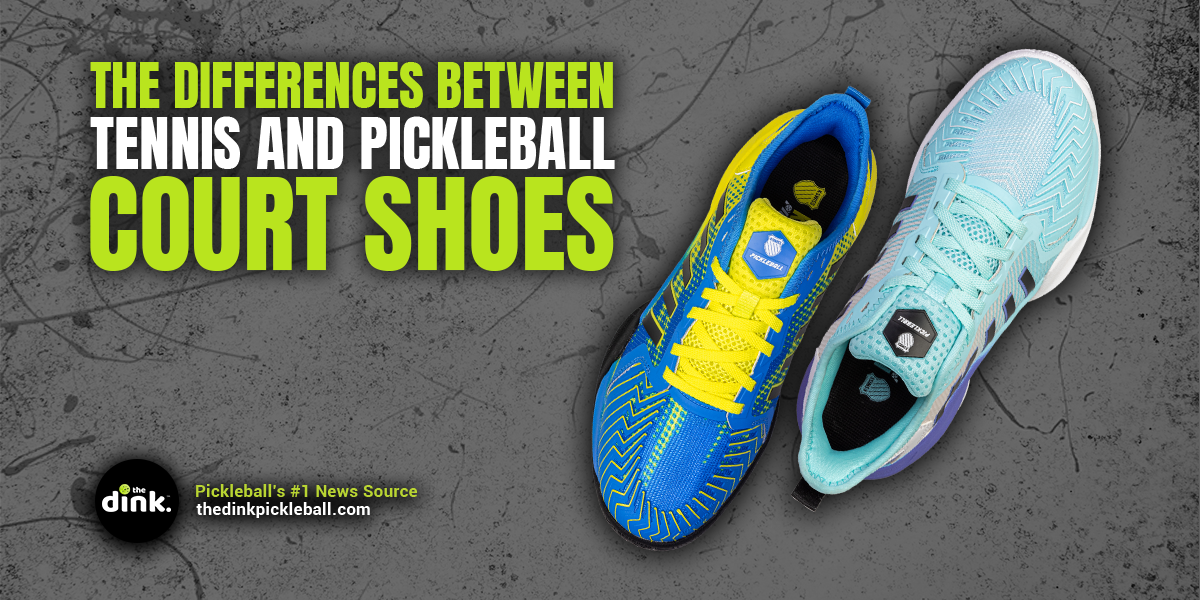
From Table Tennis
Understanding and implementing (or countering with) spin on your shots is fundamental in table tennis. It's also important in pickleball, but it's not something most players inherently pick up on.
For example, adding slice to your return of serve will give non-table tennis players fits on their third shot, but if you do it to a table tennis player, they will know how to take your spin and use it against you.
Similarly, today's game is about adding topspin to as many shots as possible. Topspin causes problems for players because the ball gets deep into their bodies quicker than they expect.
A table tennis player understands how to weaponize spin and add it to the ball whenever possible.
If you want to get better at pickleball quickly and you have this skill, you should use it frequently and watch how your opponents react. Most of the time, it's with a ball into the net and their hands up in a "What the heck?" motion afterward.
Just make sure you save your wry smile for when your back is turned toward them.
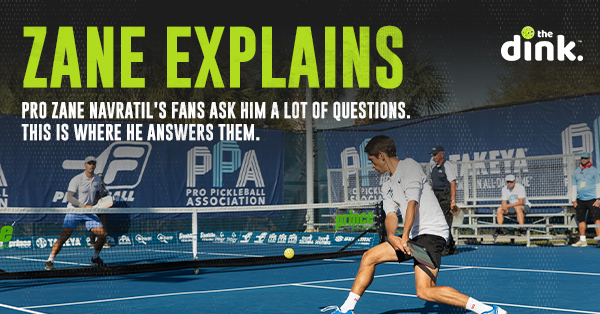
From Badminton
Badminton players have some of the whippiest forehands in all of pickleball. They understand that all it takes is a wrist flick to apply maximum force to a pickleball.
Having a small to no backswing is a huge advantage on a court that's only 40 feet long. When you're at the kitchen line facing a badminton player, it can be scary.
Of course, once someone gets used to a badminton player's flick, they learn to dodge it and let the ball go out.
However, if a badminton player can develop a soft game to complement their overbearing hard one, they can use the fear they've instilled into their opponent.
One shot you should develop is a hesitation dink.
To perform this, you want to hold your paddle as though you're about to speed the ball up, but once you see your opponent take a small step back and get back on their heels (or brace themselves for the counter), you hit an aggressive dink past their left or right foot instead.
It's nearly impossible for an amateur player to recover quickly enough to put a good shot on that kind of a dink. Most often, if they are able to get to it, the result is a popup that you can slam right down at their ankles.
Badminton players should make us all thankful that JOOLA Gen 3 paddles were delisted.
'None of the above' to pickleball
If you are one of the people who said they didn't have a racket sports background, don't fret. We recently outlined skills from other sports that translate to pickleball.
And if you have no sports background whatsoever, that's okay. It simply means you don't have any bad habits to break.
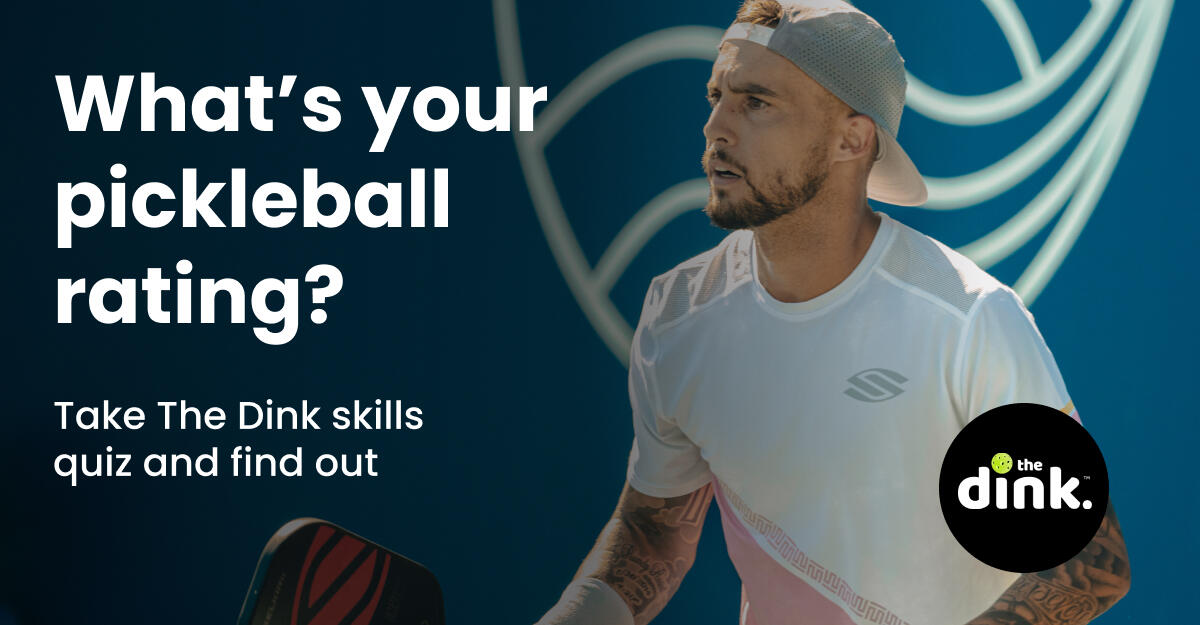

Love Pickleball? Join 100k+ readers for free weekly tips, news & gear deals.
Subscribe to The DinkGet 15% off pickleball gear at Midwest Raquet Sports




